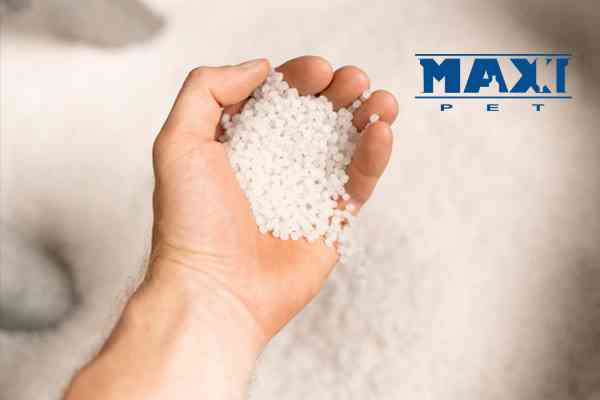Manufacture of PET plastic containers

In ancient times, human beings used to gather and hunt for food, today it has changed from the way of cultivating the fields that provide fruits, vegetables, or seeds to the raising of animals to obtain different products such as meat, milk, and skins. This evolved to the need to invent mechanisms that would help distribute globally, not only food but also other types of substances from the pharmaceutical, agrochemical, chemical, naturopathic, etc. industries.
The emergence of plastic containers resolved the need for containers to transport, package, and store products safely, efficiently, and at low cost. Today most products come packaged in plastic containers: alcohol, shampoo, fabric softener, juice, carbonated drinks, syrups, degreaser, etc.
How are PET plastic containers manufactured?
Although there is HDPE and PP, the material that is most used for the manufacture of plastic containers is PET, it is a resin that comes from petroleum, it is obtained from the polymerization of terephthalic acid and monoethylene glycol. It is highly sought after because it is light, crystalline, and resistant and has a price that is very much in line with these qualities. Once the PET has been polymerized, small pieces of resin are called pellets, this is the raw material with which the vast majority of plastic containers will be made, it is heated until it melts to be taken to a mold where it is injected, giving rise to the preforms.
The preforms are small tubes made of PET resin that are heated and blown into a mold that will have the final shape of the bottle, they go through a cooling process to finalize the container.
Why choose PET plastic containers?
Plastic containers made of PET are very easy to add pigments or additives to, they are also rigid, have high chemical resistance, medium thermal resistance, are waterproof, and are not toxic in the packaging of products intended for human or animal consumption.
Another feature why plastic containers made from PET are preferred by various industries is the low manufacturing cost compared to their competitors of glass and aluminum containers. The low weight is also more profitable when transporting as there is less fuel consumption.
Pollution by plastic containers
To avoid contamination by these plastic containers, the collaboration of consumers, companies, and the government is necessary to devise a strategy to educate on the correct separation, reuse, and recycling. At Maxipet, all our plastic containers are 100% recyclable, and we also work on different lines to reduce the environmental impact derived from our practice. Contact us or download our catalog if you require more information about our products.



